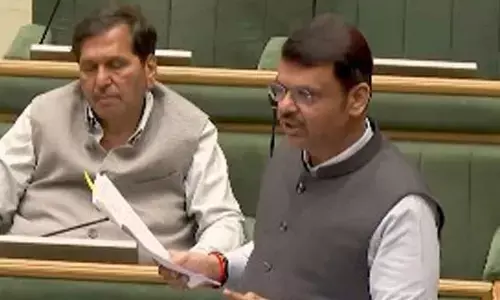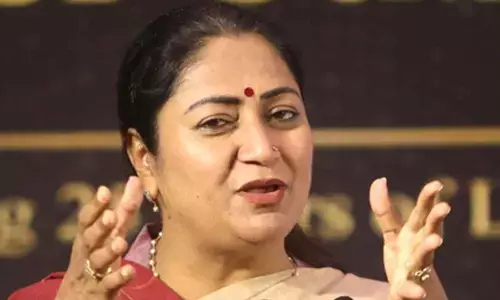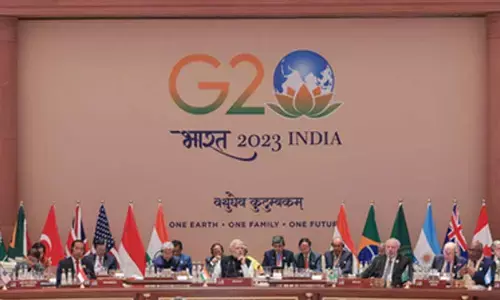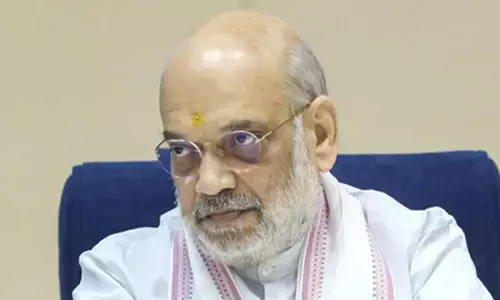Zero-Latency VR: The Untapped Goldmine for Esports and Competitive Gaming
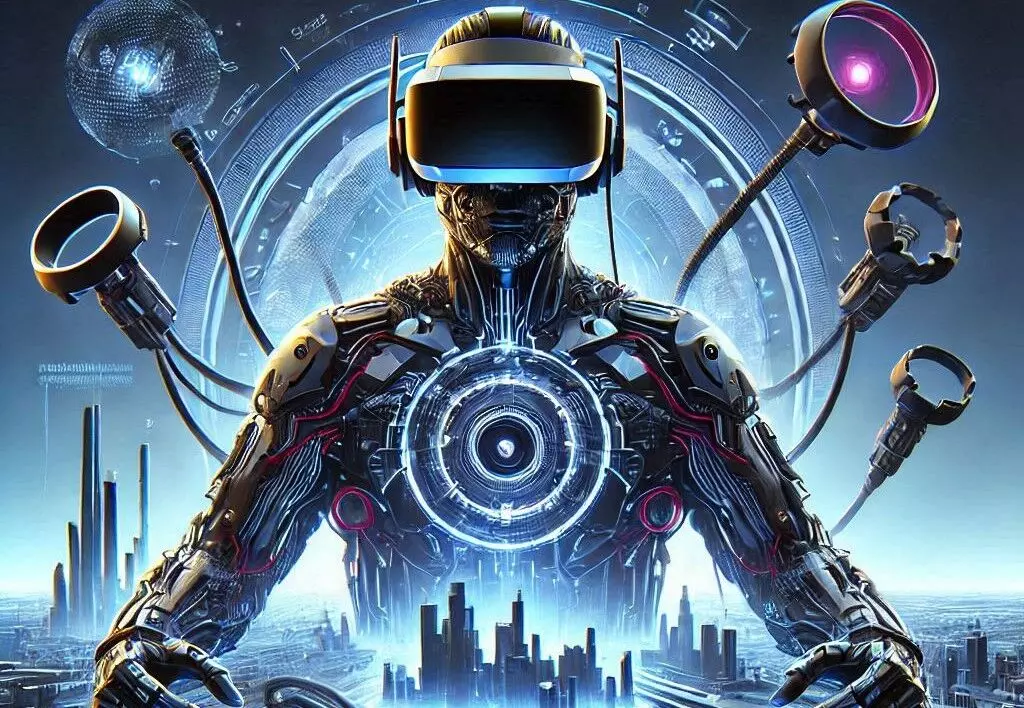
The field of online gaming has progressed rapidly over the last 10 years, bringing with it an era of digital competition and excitement. What first started out as multi-player games on the Internet have now become a billion-dollar industry, involving globally televised tournaments and live-streamed events for millions of people around the world to watch. However, despite the tremendous growth and development in the field of sports games, the failure of how above-water is still one key challenge: immersion-e sports. How many wonders on the stage still rely There is no way onstage without outerspace? The answer might lie in zero-latency virtual reality (VR), a revolutionary technology that will transform both how players engage with competitive gaming and how live audiences interact with the action. With no lag and real-time interaction capabilities strengthened, ultra-low latency VR systems provide a unique opportunity for sports to really become an immersive experience.
Understanding Zero-Latency VR and the possibilities
Zero-latency VR means virtual reality systems which can bring down to the nearest zero the delay between what an operator is doing and its reflection on screen. As we have already said, previous VR systems regardless of how advanced were plagued by a lag between the player’s movements and what the virtual world showed. This lag, known as latency, has always been a barrier to totally immersive VR experiences. Latency is particularly important in the context of electronic sports. Competitive gaming demands precision, quick reflexes, real-time decision-making. Any lag in player movements can lead to deviations, which ultimately might decide the outcome of a game. However, near-instantaneous feedback to a player's actions from zero-latency VR. This promises to revolutionise the competitive gaming field. Players will be able to experience the VR environment in real time, as if they were actually there themselves. As a result, it would be many times more precise and immersive than is currently possible using standard gaming setups for data inputs and outputs.
This technology is something that both participants and spectators can relish. With zero latency VR, the people in the stands will also benefit. Imagine a virtual visit to an esports event where you can walk round inside the arena, look at things from different angles and chat live with other viewers. This could totally change how esports events are broadcast. Instead of watching a game on a flat screen people could you feel as if they are in the thick of it, much closer to the event itself.
Competitively on an Edge for Players
In competitive gaming, precision and rapid reaction are everything. Gamers competing in tournaments must have the ability to react instantly to their opponents' moves. A fraction of a second's delay can make the difference between victory and defeat. This is how zero latency VR gives players a competitive edge. By performing their actions in the real world, they are reflected without any noticeable lag on the screen in a virtual environment. Players get instantaneous feedback so they can use their strategies and techniques that much more accurately and confidently.
For example, in a first-person shooter (FPS) game, the ability of a player to aim well, shoot accurately and dodge incoming attacks is crucial. In traditional gaming setups with screens, controllers and possibly a small degree of latency as inputs take time to register players. However, in zero-latency VR games, the movement of a player’s body would directly affect that player's virtual avatar. So if a player turns his head to scan the environment or makes a step in order not to get hit from an attack coming towards him, the virtual world would respond immediately.
And zero-latency VR's deeper immersion could allow for new types of play that just no longer fit in with traditional gaming. Gamers could move around in a three-dimensional space, interact with virtual objects, and do complex mental and reflex combination techniques that require full-body motion controls such as Wii Fit pedals for control on both sides of its platform, etc. As the development of VR games goes on, we can expect to see more complex and physically engaging games emerge that take full advantage of zero-latency systems. This alone may well give birth to a whole new category of esports focused on physicality and movement, further stretching the limits of what is possible in competitive gaming.
Enhanced Viewing Experience for Spectators
While zero-latency VR stands to benefit the players greatly, spectators may gain even more because of this. The traditional form of esports broadcasting involves everyone looking at a competition from a fixed point of view using one camera angle set by the organizers. This is effective, but it limits how much interaction viewers can have with the event. Using zero-latency VR, however, spectators are free to immerse themselves in the game environment; they can choose what they want to see and where from. They may also travel round Oilbutt, if you like bad porn.
During a virtual esports event, spectators could watch the game from different angles, zooming in on important points in time or moving to other parts of the arena to enjoy action from a range of perspectives. This level of interactivity would give spectators an unprecedented sense that they are in the event. Moreover, by using VR headsets together with motion controllers, audiences could also interact with one another, chat in real-time and even engage in virtual entertainment while waiting for the next round to start. This would bring a sense of community into esports broadcasts that is lacking at present.
The ability to interact with game directly With zero-latency VR, spectators will be able to not only view the game but also get involved. The game has features you can participate in, for example, spectators might pick out a certain player 's actions for a close-up or call up statistics on demand. This will turn esports viewing from a passive experience into an interactive and engaging one, with real participation for viewers just like participants alike. India: The Role of VR Companies and the Future of Esports India is positioned to make an enormous contribution to the global eSports ecosystem because of its rapidly expanding gaming market and the growth of technology talent available there. Indian VR companies have also been making progress in other sectors, such as games, entertainment and education. Now eyes are turning towards the industry of electronic sports (esports), which is much more exciting than any of those efforts. India, with its large number of game developers and emphasis on new technologies, is turning into a center for VR games development. The country has a pool of talented engineers and designers who are capable not only of creating sophisticated VR systems with ultra-low latency, but also have the capacity to combine hardware design with software development for the creation efficient bundled solutions that can be used within this industry. It is an ideal place to develop the next generation of VR technology for use in esports environment. As zero-latency VR begins to get popular in earnest, Indian VR companies are likely to emerge as major players in both the development and implementation of these systems.
For VR companies in India, esports organizations offer endless partnership potential. Enterprises could achieve this in several ways; larger companies could dominate smaller ones together, and even small firms can take a share of the market through collaboration. Yet when such trends emerge, they are largely driven by moneyed interests benefiting from a lack of competition among firms which operate primarily within too narrow a scope.
By joining forces, VR companies and esports organizations in India can produce tailor-made VR experiences that cater specifically to the requirements of competitive gaming. From custom VR hardware that reduces latency to software platforms in VR which are optimized for esports, there is enormous potential for invention.
Apart from that, esports organizations might consider teaming up with VR firms and make exclusive VR competitions – where zero-latency VR prevails–a reality. This might lead to the emergence of entirely new esports leagues and competitions centered around VR gaming, which would help grow the esports industry as well as attract new fans.
How to view VR Developer's Skill
To actualize these concepts, the support of esports organizations or game developers are essential. There an essential role in his work for a VR developer who can remove existing latency difficulties in ultra-low latency systems. Preparing a seamless VR experience, both for players and audiences, needs specialist knowledge of VR hardware and software development. A clever VR developer will be able to come up with and execute schemes that minimize latency so as to ensure that players’ movements enter the virtual world instantly.
Moreover, an experienced VR developer who specializes in esports can develop gameplay experiences that are lively and immersive. Be it planning a set of complicated game mechanics or making it so that multiple-player interactions in a game are pleasant and coherent, hire VR developer is an indispensable step towards zero-latency VR in esports.
The Path Ahead for Esports and Zero-Latency VR
As technology continues to advance, zero-latency VR has the potential to completely remake competitive gaming and esports. With the ability to increase player precision, produce more immersive spectating experiences and bring new kinds of stimulation to the interaction of players, zero-latency VR could open new doors for the development of esports itself.
For players, it means a more natural gaming experience and thus the ability to rise to new heights in their skills. For spectators, it provides an enjoyable as well as interactive manner of seeing new esports matches, making them seem like part of the action themselves. And for a VR company in India, it provides a powerful platform to make leading technologies in competitive gaming that can transform the future of this industry.
With the continued growth of esports, however, also comes rising demand for more immersive interactions and experiences. Zero-latency VR could well be the key to unlocking the next stage in its development, turning esports into a truly worldwide phenomenon indistinguishable from traditional gaming.








